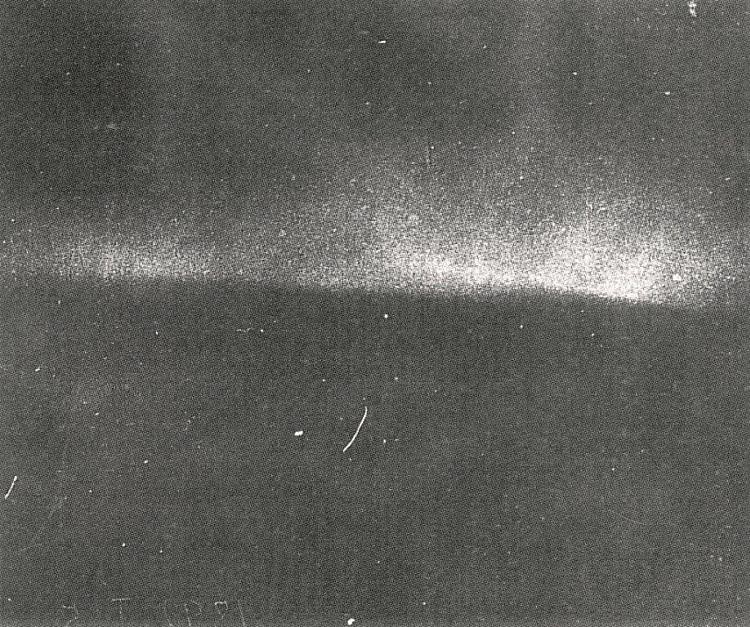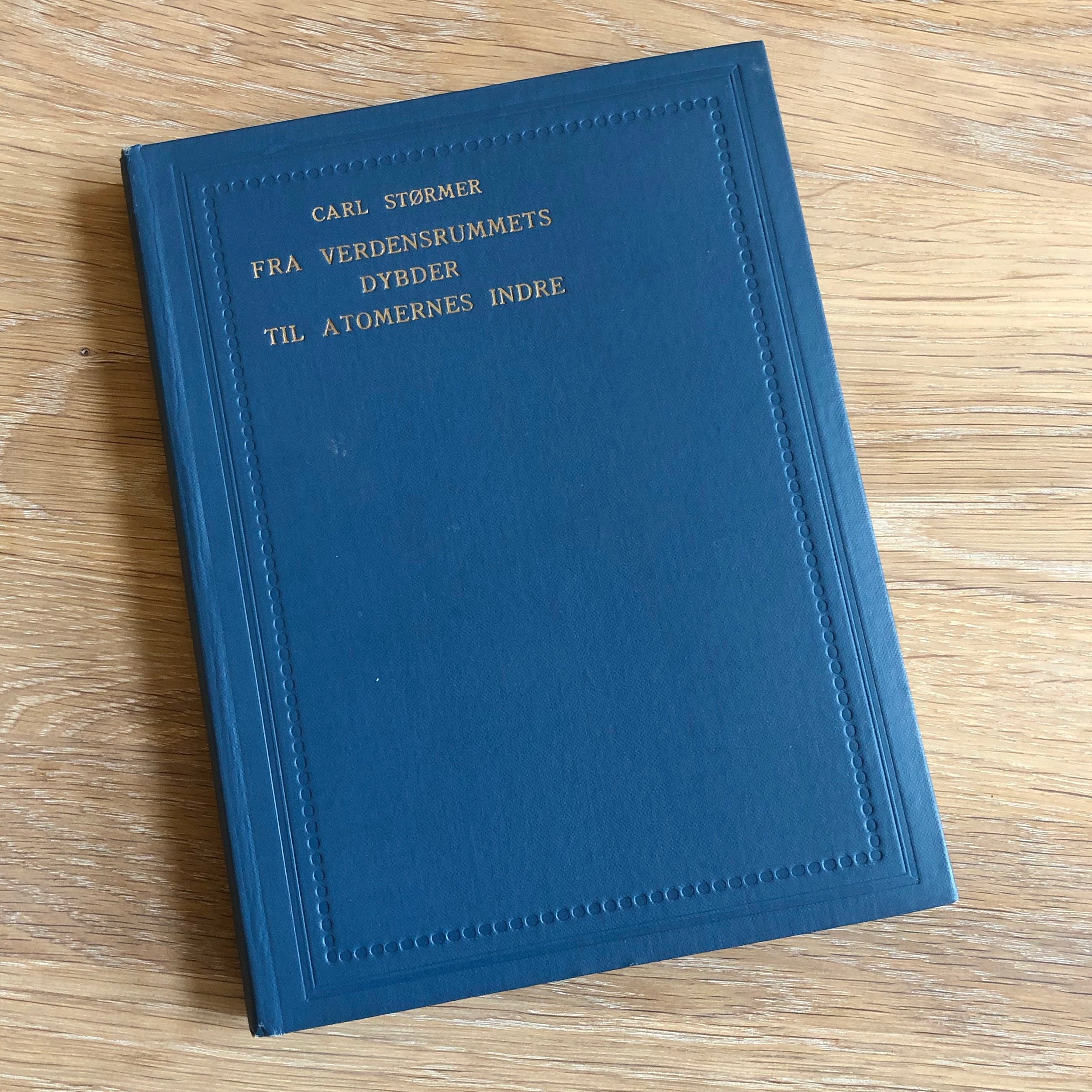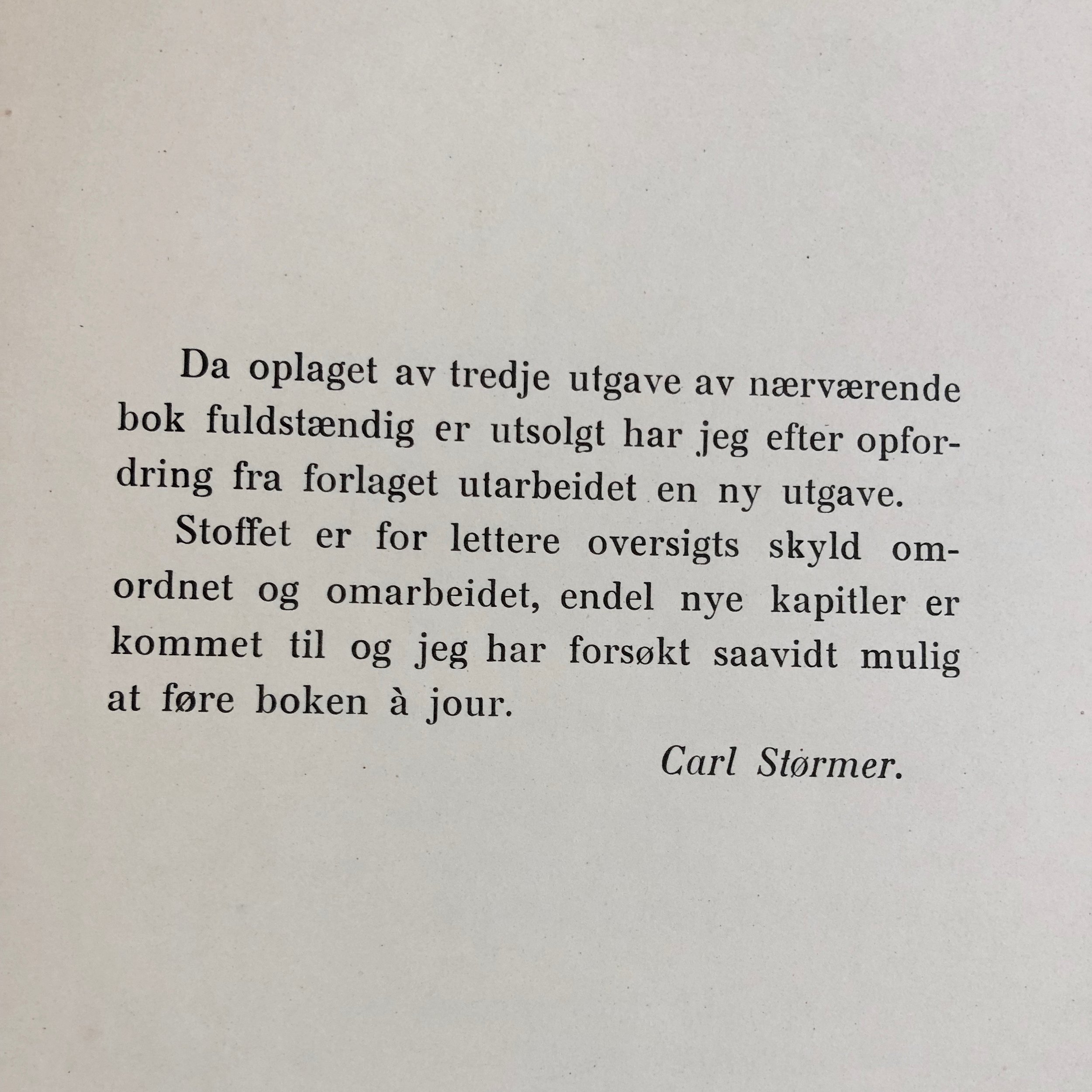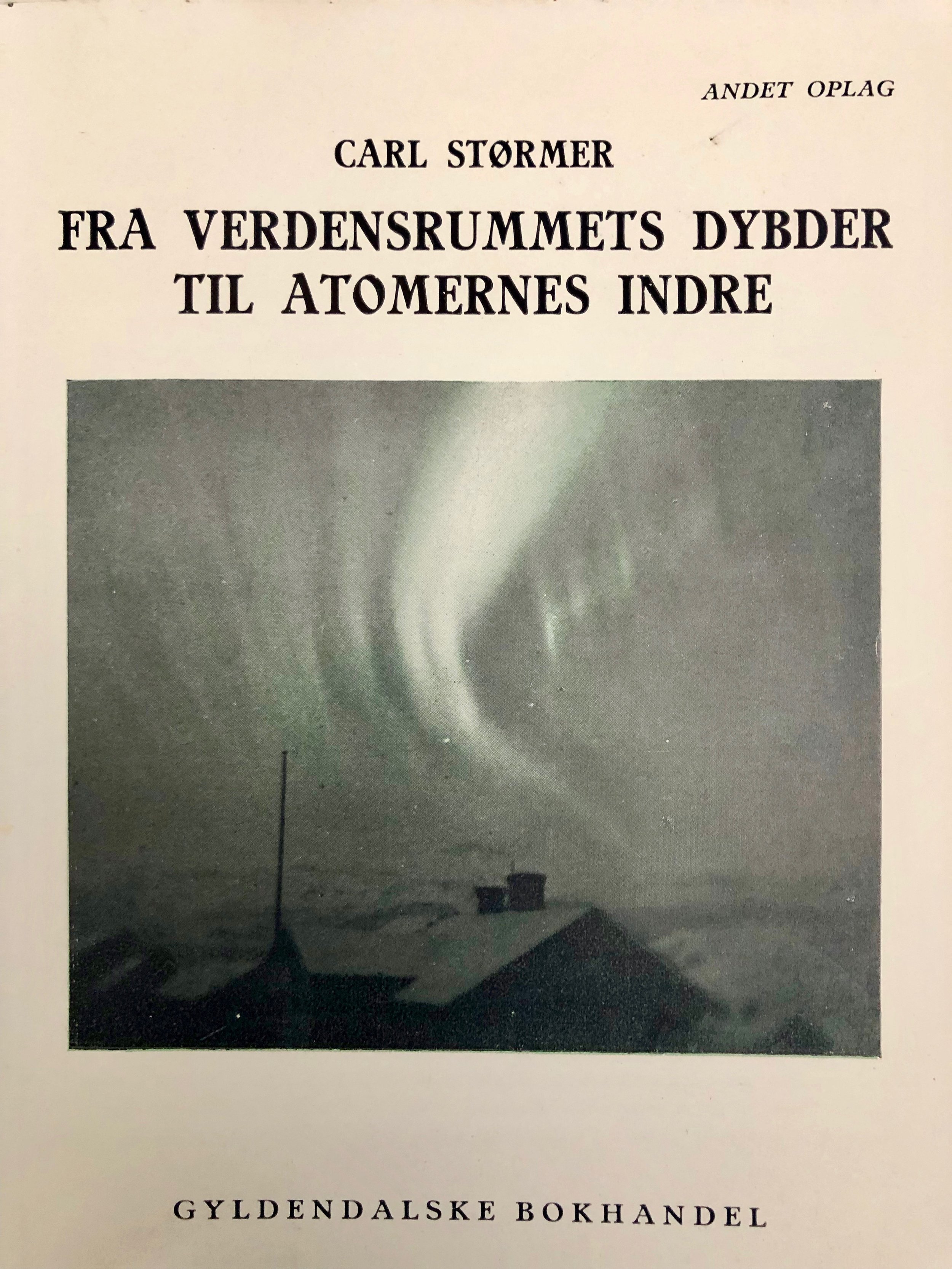The pioneers of Northern Light photography
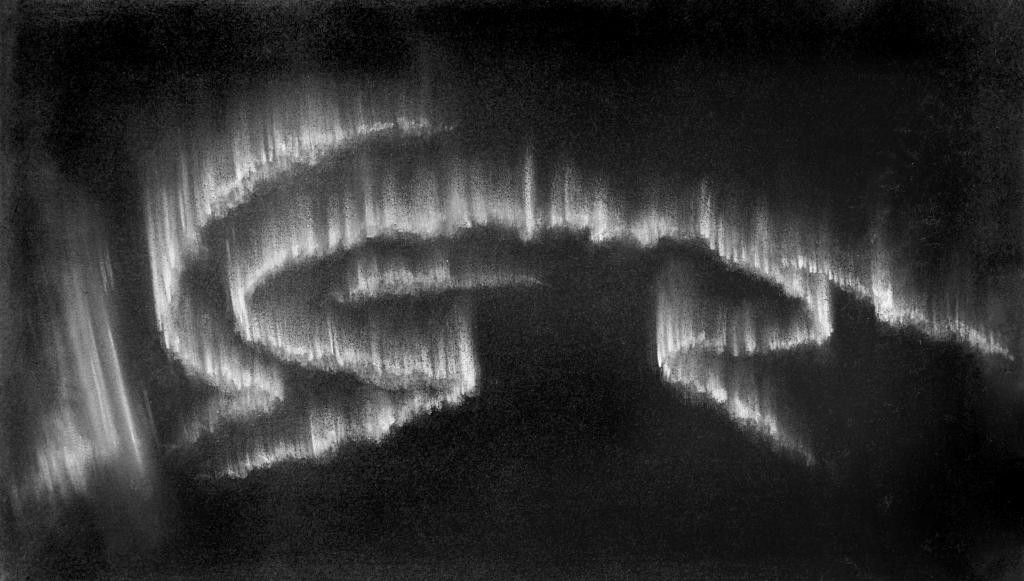
Sophus Tromholt — Násteolmmái (Starman)
Tromholts Northern lights studies pioneered the modern Northern lights science. In 2013 UNESCO’S Memory of the World Register included the Sophus Tromholt Collection.
Northern Lights in Kautokaino the 6th of October 1882 — Photo: Sophus Tromholt
The book “Under The Rays of The Aurora Borealis: In the land of the Lapps and Kvæns.” by Sophus Tromholt. From my library; Original edition, Vol I and II, 1885.
Under nordlysets straaler : skildringer fra lappernes land (Danish)
Martin Brendel
German physicist and astronomer Otto Rudolf Martin Brendel (1862–1939) successfully took the first photograph of the Aurora Borealis January 5th in 1892. The photo, which was black and white was published in “The Century” magazine of October 1897 and gave people the first glimpse of the northern lights.
The oldest surviving photo of the Northern Lights. Taken by the German researcher, Martin Brendel, in Bossekop, Alta, on the 5th of January 1892. Arkiv: World Heritage centre for rock art, Alta Museum. The exposure time for that photo was a mere 7 seconds. (Alta Museum)
The first colour pictures were not taken until about 1950 by J. R. Eyerman, and Life magazine published colour aurora photographs June 8 in 1953.
“Of all the pageantry of the atmosphere,” LIFE noted in a June 1953 issue, “the most awesome and, as man has often thought, most fearful, are the auroras — the ghostly streamers of colored light that appear on certain nights, usually in spring and fall, and spread upward from the horizon to the zenith, sometimes projected in shifting rays like searchlight beams, sometimes diffused in shimmering veils and curtains, sometimes dancing and pulsating like the flames of some unutterable cosmic fire.”
Fredrik Carl Mülertz Størmer
Carl Størmer (1874–1957) was a Norwegian mathematician and astrophysicist. In physics, he is known for studying the movement of charged particles in the magnetosphere and the formation of aurorae, and for his book on these subjects, From the Depths of Space to the Heart of the Atom.
From the book “Fra verdensrummets dybder til atomernes indre” (From the Depths of Space to the Heart of the Atom) (From my library; second edition 1923, fourth edition 1927, with updates)
Photo: Fredrik Carl Mülertz Størmer 1923
From 1903, when Størmer first observed Kristian Birkeland’s experimental attempts to explain the aurora borealis, he was fascinated by aurorae and related phenomena. His first work on the subject attempted to model mathematically the paths taken by charged particles perturbed by the influence of a magnetized sphere, and Størmer eventually published over 48 papers on the motion of charged particles.
The Polar Aurora
Kristian Birkeland
Kristian Olaf Bernhard Birkeland (13 December 1867 – 15 June 1917) was a Norwegian scientist. He is best remembered for his theories of atmospheric electric currents that elucidated the nature of the aurora borealis. In order to fund his research on the aurorae, he invented the electromagnetic cannon and the Birkeland–Eyde process of fixing nitrogen from the air. Birkeland was nominated for the Nobel Prize seven times.
Lars Vegard
Lars Vegard (1880– 1963) was a Norwegian physicist, especially known as an aurora borealis researcher. In 1939 he proved hydrogen emissions in aurora borealis, and in 1948 he pointed out the doppler effect in hydrogen lines of aurora borealis.









